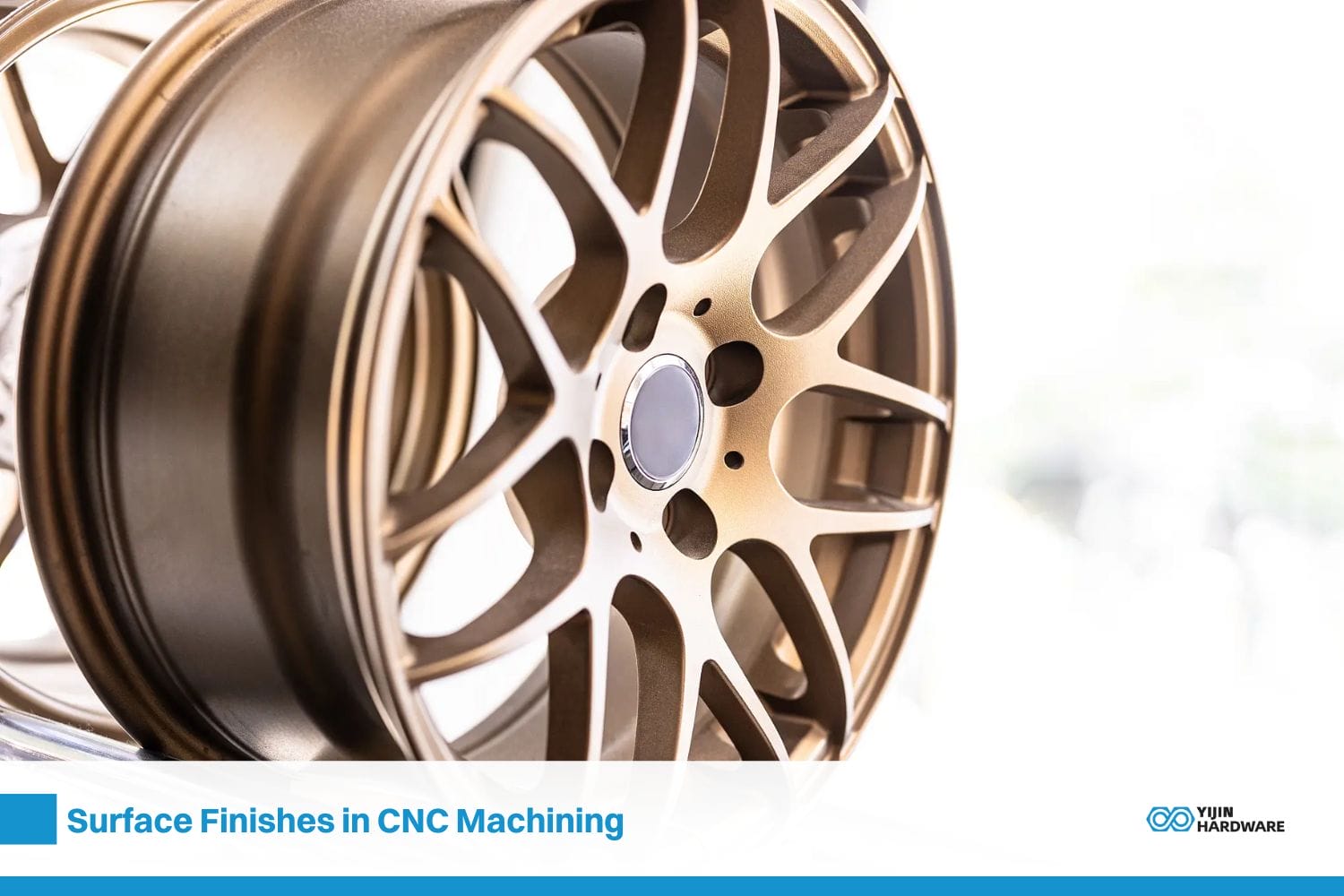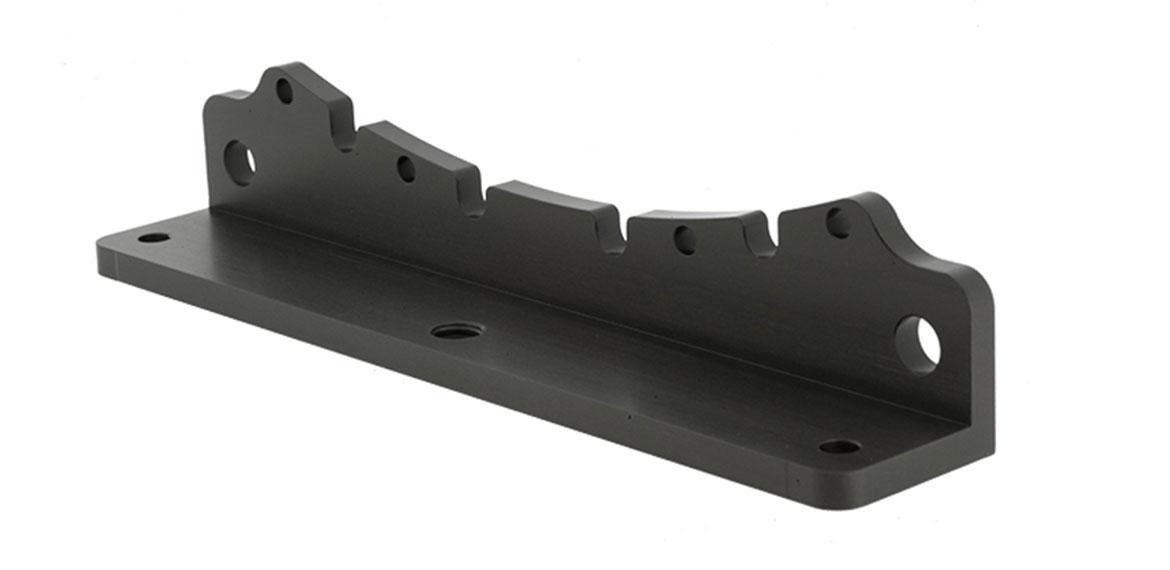Are you looking for a complete understanding of brushing surface finishing tools, techniques and best practices? This ultimate guide contains in-depth information on brushing metal surfaces. It covers standard brushes, pre-brushing, brushing and post-brushing stages, as well as the factors that affect quality, applications of brushing finish and more.
Whether you’re a manufacturer, engineer or production manager, this guide is your go-to resource for acquiring the best quality brushed surface finish.
What is Brushing Finishing?

Brushed finishing is a metal surface treatment that creates a directional and smooth texture. This process uses abrasive materials or wire brushes to abrade the metal surface which results in parallel and fine lines. The technique serves different purposes like hiding surface flaws, increasing visual appeal, cutting down on glare and increasing corrosion resistance.
Manufacturers use abrasive pads or rotary brushes to mechanically alter metal surfaces. This method is common in medical device, aerospace and automotive industries. It meets particular visual and functional needs. The process can create various textures, from fine satin to coarse linear patterns.
How to Brush Metal Surface
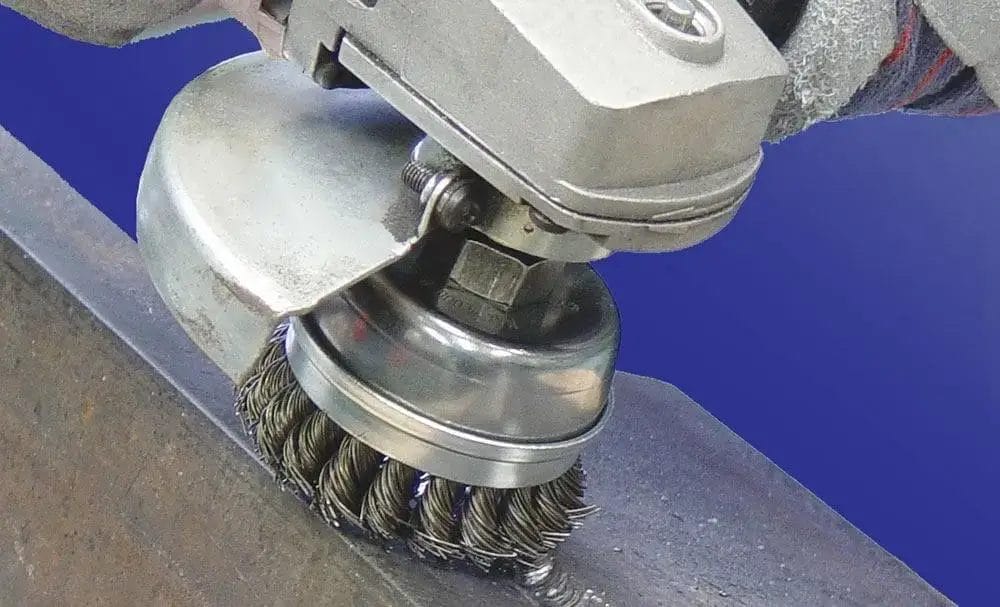
The creation of an outstanding quality brushed metal finish requires skill and accuracy. The process includes these important steps:
- Prepare the surface: Clean and remove grease
- Pick the right abrasives: Choose suitable materials or brushes
- Set up the machine: Configure machinery for best results
- Apply the technique: Use steady pressure and uphold the direction
- Finish up: Clean and check the final surface
You have to keep in mind factors like desired texture, material hardness and end-use requirements for greater metal brushing. Industrial brushing machines usually run at 1,000 to 3,000 RPM. They apply pressure ranging from 0.5 to 5 kg/cm² which depends on the job.
Standard Brushes For Metal Brushing:
The selection of the right brush is important for the desired metal finish. The choice depends on the metal finish quality, type and production needs. Two main brush types dominate the industry:
Steel Wire Brushes:
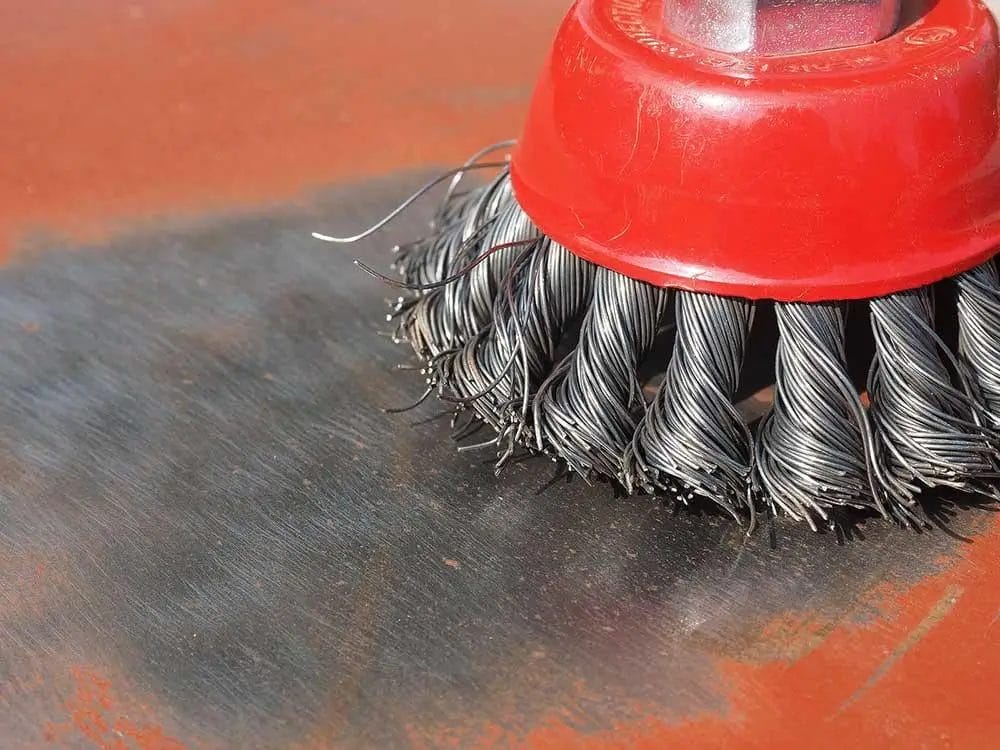
These flexible tools come in different forms:
- Straight wire: Perfect for light polishing and finer finishes
- Crimped wire: Good for general deburring and brushing
- Knotted wire: Best for heavy-duty applications and removal of aggressive materials
Wire diameters usually range from 0.1mm to 0.5mm. Bristle densities vary from 20 to 120 per square inch. These brushes are famous for their ability to create consistent brushed finish metal surfaces and durability as well.
Power Brushes
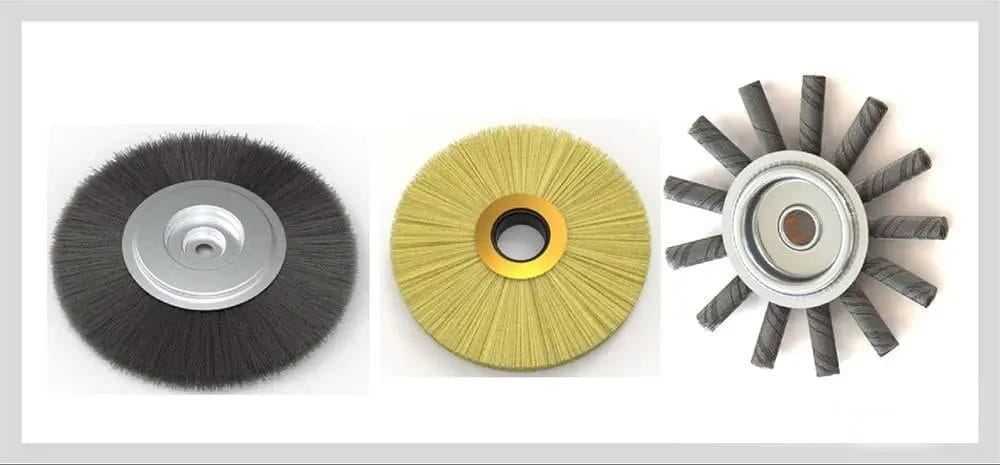
Designed for high-volume production, power brushes deliver outstanding efficiency in a brushed stainless steel finish. Some of its types are:
- End brushes: They are small-diameter brushes for hard-to-reach areas and intricate detailing
- Wheel brushes: These circular brushes with diameters ranging from 50mm to 300mm
- Cup brushes: The conical brushes are perfect for contoured surfaces and edge work
Power brushes usually use abrasive nylon or silicon carbide filaments. These brushes are great at creating uniform matte brushed finish on large areas. They can remove up to 0.05mm of material per pass.
The brushed metal finish process has three main stages: pre-brushing, brushing, and post-brushing. Each stage has an important role in getting the best result.
Pre-brushing Stage
Thorough preparation is important for pre-brushing. First clean the metal surface with industrial degreasers to remove dirt, oils and gunk. Check for scratches or dents and fix them before brushing. For best outcomes, keep the metal temperature between 15°C and 25°C. This stage usually takes 10-15 minutes per square meter which depends on the metal’s starting condition.
Brushing Stage
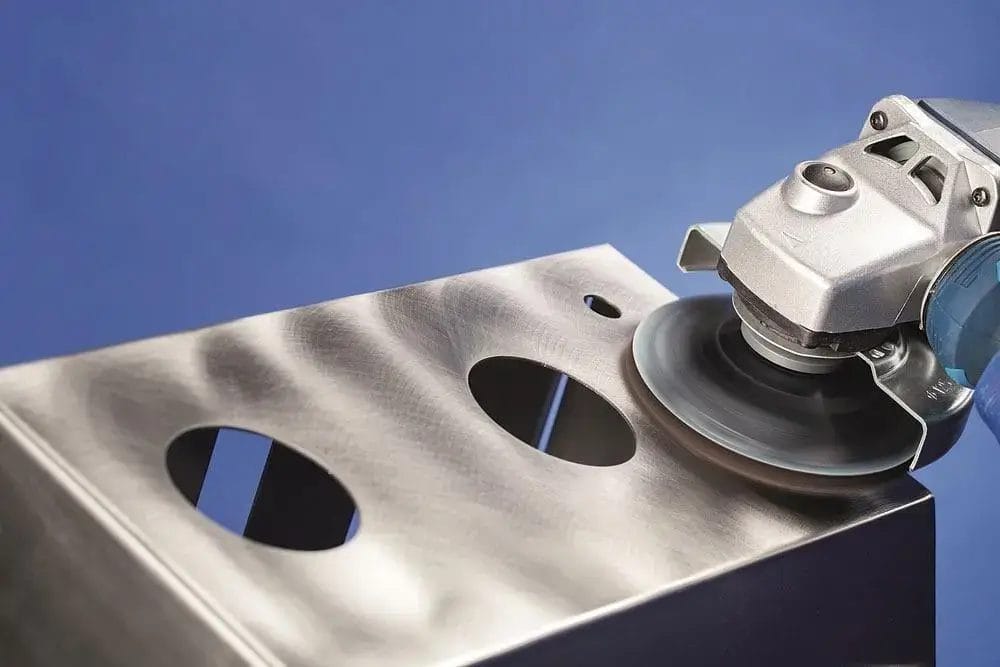
During the brushing stage, apply steady pressure of 2-3 kg/cm2 in one direction to create a matte brushed texture. When brushing stainless steel use a linear 45-degree angle motion to the grain direction.
Keep the brush speed at 1,500 to 2,000 RPM for good material removal. Brushing time depends on the required finish which is usually 30 seconds to 2 minutes per pass. You may need multiple passes to get the desired brushed steel look.
Post-Brushing Stage
After brushing stainless steel, clean the surface with a non-abrasive solvent to remove any leftover bits. Then check for consistent texture and grain direction by looking at the brushed finish under good lighting.
After that, apply extra treatments like passivation to increase corrosion protection if needed. Quality control involves visual comparison to standardized samples and surface roughness testing (Ra values usually 0.2 to 1.6 μm). This assures that the brushed metal finish meets the requirements.
Factors that Affect Brushing Quality
Many important factors influence the quality of a brushed metal finish. It is critical that you know about them to get the desired results in metal surface treatment.
Brush Type and Grade
The brush choice greatly affects the final result. Steel wire brushes are flexible and durable while nylon brushes are gentler. High-grade bristles guarantee a smooth and consistent finish.
Direction of Brushing
Applying consistent and one-directional brush strokes usually produces the most professional-looking finishes. This is especially important when brushing stainless steel to create its signature linear pattern.
Surface Material Properties
Different metals respond differently to brushing. For example, brushing stainless steel requires other techniques than softer aluminum. The ductility, original surface state and hardness of the metal all impact the outcome.
Wheel Speed
The brushing wheel speed greatly affects the finish. Higher speeds make a more intense finish while lower speeds give more control and a softer result. It is important to find the optimal speed for the required brushed matte finish.
Equipment and Tools Used
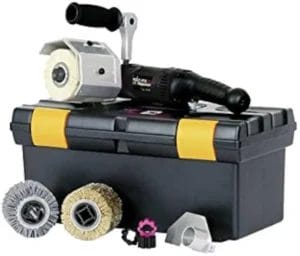
The accuracy and quality of brushing machinery directly impact finish quality. Advanced CNC machines usually deliver more stable results than manual brushing. This is particularly important with mass production in industrial fields like aerospace or automotive.
Applications of Brushing Finish
Brushed metal finishes have many uses across multiple industries:
Deburring

Brushed finishing is great at taking off sharp edges and burrs from machined parts. This process upgrades component quality and increases safety in automotive and aerospace manufacturing.
Cleaning

Brushing stainless steel removes surface rust, oxidation and contaminants. This is notable in medical device production and marine settings where cleanliness is very important.
Roughening
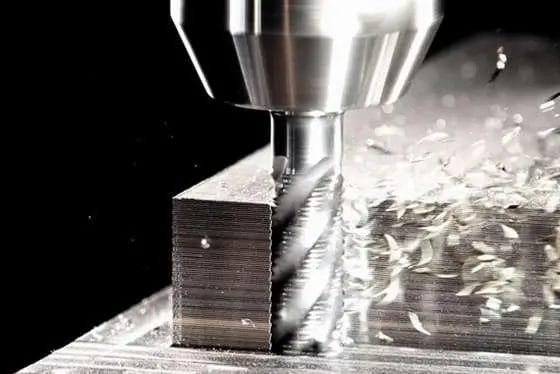
A brushed steel finish can increase surface roughness. This reinforces bonding processes or makes it easier for subsequent coatings to stick. The automotive industry usually uses this to prepare surfaces for painting.
Edge Blending
Brushed metal procedures smoothly blend edges of welded or cut parts. This is important in defense and aerospace where smooth contours and accuracy are demanded.
Comparison of Brushed Finish with Other Metal Finishes
You must pick the right metal finish for your project because it is important for its success. Let’s explore how brushed finishes compare to other common metal finishing methods.
Brushed and Mirrored Finish Comparison
The brushed finish creates a texture that is satin-like directional. In contrast, mirrored finishes produce a highly reflective surface. The roughness average of brushed finishes usually ranges from 0.2 to 1.0 μm. Mirrored finishes have lower Ra values which are below 0.1 μm. This difference makes brushed finishes more resistant to scratches and fingerprints.
Comparison with Polishing
Polishing results in a smoother and more reflective surface than brushing stainless steel. Polished surfaces can acquire Ra values as low as 0.01 μm. Brushed finishes, however, range from 0.2 to 1.0 μm. Brushing is usually more cost-effective with processing times as compared to polishing.
Differences from Bead Blasted Finish
Bead blasting creates a smooth matte surface without directional lines. It usually produces Ra values of 1.6 to 3.2 μm which is higher than the 0.2 to 1.0 μm of brushed steel finishes. While bead blasting delivers superior corrosion resistance, it can decrease fatigue strength.
Contrast with Anodizing
Anodizing and brushed finishing differ greatly in their results and processes as well. Anodizing is an electrochemical process that creates a protective oxide layer. On the other hand, brushed finishing is a mechanical process. Anodized surfaces can acquire hardness up to 70 HRC, compared to the base metal hardness in brushed finishes. However, brushing permits more accurate control over the texture of the surface.
Advantages and Disadvantages of Brushed Finish Relative to Other Finishes
| Finish Type | Advantages | Disadvantages |
| Brushed | – Cost-effective – Directional aesthetic – Good scratch resistance | – May show fingerprints – Limited corrosion resistance |
| Mirrored | – Smooth surface – Highly reflective | – Shows scratches easily – Expensive |
| Polished | – High shine – Very smooth surface | – Costly – Time-consuming |
| Bead Blasted | – Outstanding corrosion resistance – Uniform matte finish | – Limited aesthetic options – May decrease fatigue strength |
| Anodized | – Corrosion resistant – Superior hardness | – Can be costly – Limited to certain metals |
Best Surface Finish Services at Yijin Hardware:
![]()
Yijin Hardware is highly skilled as a surface finish services provider for CNC machined parts. Our skilled technicians and advanced set-up guarantee accuracy and outstanding results in every project. We deliver a broad range of finishes which includes brushed metal finishes, powder coating and anodizing.
Our capabilities go as far as handling complex geometries and different materials. We meet the strict standards of industries such as medical device and aerospace manufacturing.
Contact Yijin Hardware today to get our superior surface finish services. Let us upgrade your CNC machined parts with our skilled finishing touch.

 info@yijinsolution.com
info@yijinsolution.com (+86) 188-2253-7569
(+86) 188-2253-7569




